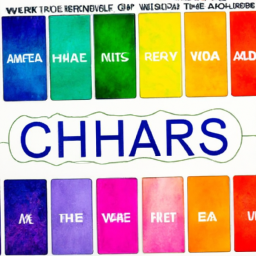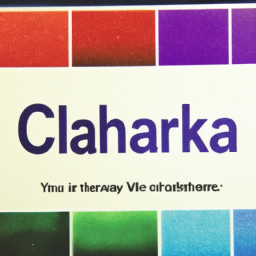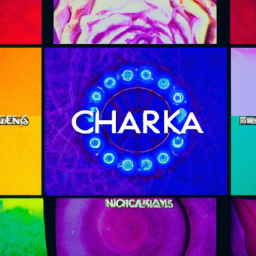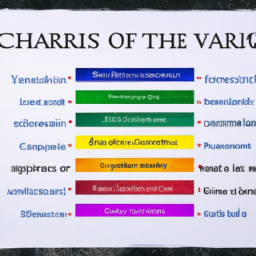Chakra points, also known as energy centers, are the main sources of energy in our bodies. These points are believed to regulate the flow of energy and play a vital role in maintaining physical, emotional and spiritual well-being. The word “chakra” is derived from Sanskrit, meaning “wheel” or “circle”. In traditional Indian medicine, these energy centers are depicted as spinning wheels of energy, located along the spine from the pelvis to the crown of the head.
There are seven main chakra points in the body, each with its unique color, sound, and vibration. These chakras correspond to different organs and glands in the body, and when they are balanced and aligned, they promote a sense of harmony and well-being.
The Seven Chakra Points
- Root Chakra (Muladhara) – Located at the base of the spine, the root chakra represents our sense of security and stability. It governs the physical body and is associated with the color red.
- Sacral Chakra (Svadhisthana) – Located just below the navel, the sacral chakra is associated with creativity, passion, and sexuality. It is represented by the color orange.
- Solar Plexus Chakra (Manipura) – The solar plexus chakra is located above the navel and is associated with our personal power and self-esteem. It is represented by the color yellow.
- Heart Chakra (Anahata) – The heart chakra is located in the center of the chest and is associated with love, compassion, and forgiveness. It is represented by the color green.
- Throat Chakra (Vishuddha) – Located in the throat, the throat chakra is associated with communication and self-expression. It is represented by the color blue.
- Third Eye Chakra (Ajna) – Located in the center of the forehead, the third eye chakra is associated with intuition, inner wisdom, and spiritual awakening. It is represented by the color indigo.
- Crown Chakra (Sahasrara) – The crown chakra is located at the top of the head and is associated with our connection to the divine and higher consciousness. It is represented by the color violet or white.
The chakras can also be categorized into three groups based on their location and function. The first three chakras (root, sacral, and solar plexus) are associated with our physical identity and represent our basic needs and desires. The middle chakras (heart, throat, and third eye) are associated with our mental and emotional identity, and the uppermost chakra (crown) represents our spiritual identity.
When our chakras are balanced and aligned, energy flows freely, and we experience a sense of well-being, creativity, and spiritual connection. However, when one or more chakras are blocked or imbalanced, it can manifest as physical, emotional, or spiritual issues. For example, an imbalanced root chakra can lead to feelings of insecurity and fear, while an imbalanced heart chakra can cause issues with love and relationships.
There are various ways to balance and heal the chakras, such as meditation, yoga, sound therapy, and energy healing. Reiki, a popular form of energy healing, focuses on channeling universal life force energy to balance and harmonize the chakras, promoting overall well-being.
Final Thoughts
Understanding and working with our chakra points can be a powerful tool in promoting health and wellness, both physically and spiritually. By bringing awareness to these energy centers and taking the necessary steps to keep them balanced, we can achieve a sense of harmony and inner peace. So, take a deep breath, close your eyes, and tune into your chakras, for they are the key to unlocking your true potential.





Interesting topic!
#AwarenessIsKey: Chakra points are really important for energy flow and overall vitality.
Fascinating! I’d love to learn more about this.
Great to see everyone so curious about learning about chakras! 🧘